Palaces, Piazzas, and the Soul of Florence
- Trip And Zip

- Aug 24, 2011
- 4 min read
Florence is a city where history lives alongside the present — where Renaissance grandeur stands shoulder to shoulder with the rhythms of modern life. Walking its streets, every step passes from the medieval to the contemporary, creating a seamless dialogue between past and present.


The Medici Legacy
The Medici family left an indelible mark on Florence, not just as patrons of Michelangelo, Donatello, and Botticelli, but as architects of the city’s cultural and political identity. Their influence is woven through the Medici Chapels, where marble tombs bear witness to their wealth and ambition, and in San Lorenzo complex, where Brunelleschi’s architectural innovations set new standards for Renaissance design. Their vision transformed Florence into a city where art, science, and philosophy flourished together — a legacy still felt today.
Florence’s Palaces: Where History Still Lives
The palaces of Florence are among the city’s most enduring reminders of its aristocratic past. Palazzo Vecchio, rising boldly over Piazza della Signoria, was the nerve center of Florentine political power. Its fortress-like exterior, crowned with Arnolfo’s Tower, is a symbol of the city’s resilience and ambition. Inside, lavish halls filled with frescoes, coffered ceilings, and sculptures tell the story of a city that always understood the power of beauty.


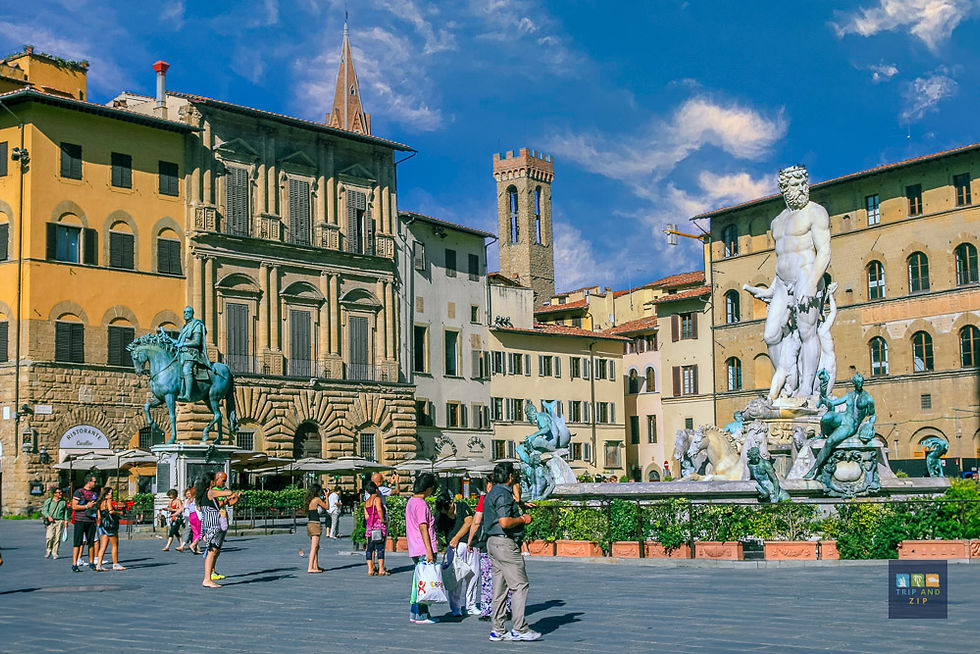
Across the river, Palazzo Pitti offers a different face of Florentine grandeur. Originally the home of wealthy banker Luca Pitti, it later became the official ducal residence of Cosimo I de’ Medici, reflecting his desire to distance himself from the civic power symbolized by Palazzo Vecchio. Over time, Palazzo Pitti expanded into a vast complex, eventually housing not only the ruling family but also an extraordinary art collection and the Boboli Gardens, blending formal design with sculpture and panoramic views.

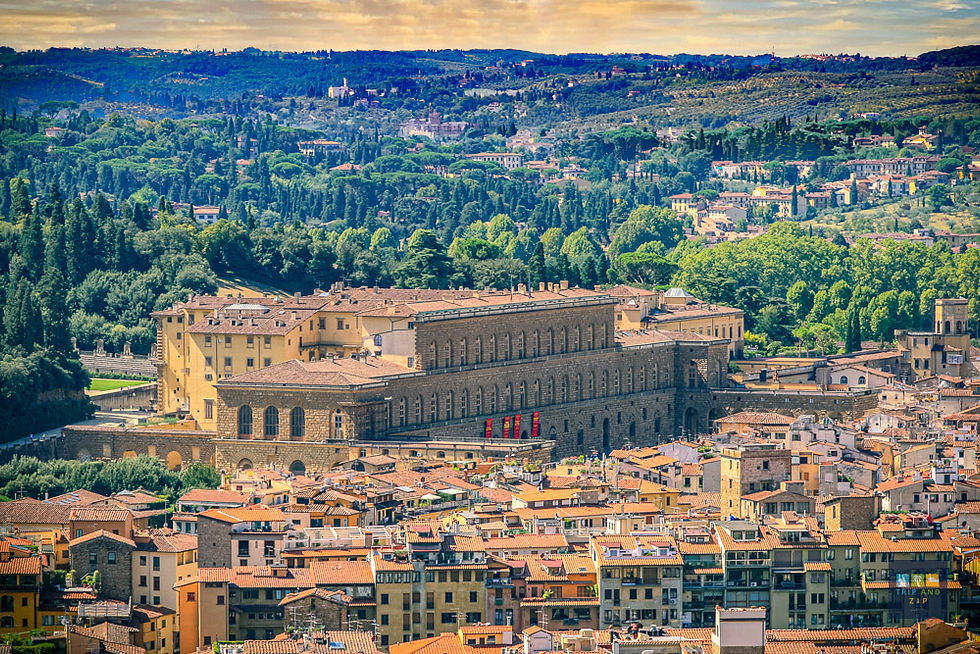
Over time, Palazzo Pitti expanded into a vast complex, eventually housing not only the ruling family but also an extraordinary art collection and the Boboli Gardens, blending formal design with sculpture and panoramic views.
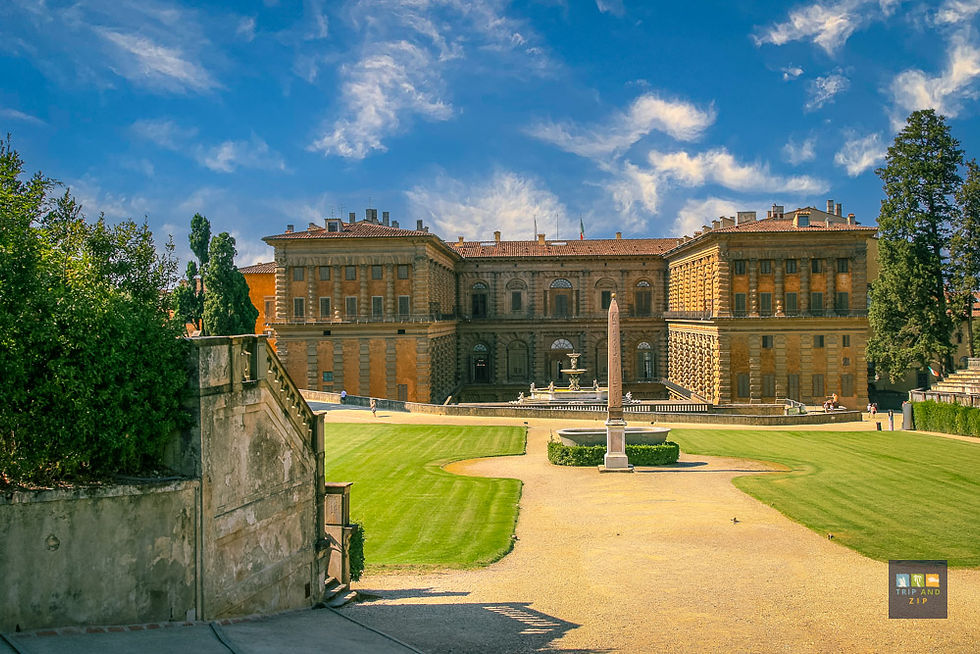
The Palazzo Medici Riccardi, one of Florence’s earliest Renaissance palaces, was not just a showcase of wealth and architectural innovation — it was home to Lorenzo Il Magnifico, one of history’s greatest patrons of the arts. Exploring its elegant courtyard and richly decorated halls offers a glimpse into the world where artists, thinkers, and patrons shaped the cultural and intellectual revolution that defined the Renaissance.

Just steps away from Palazzo Vecchio, the Uffizi Gallery stands as one of the world’s greatest collections of art, originally conceived by Cosimo I to house the offices ("uffizi") of Florence’s magistrates. Today, the gallery showcases masterpieces by Botticelli, Leonardo da Vinci, Raphael, and Michelangelo, preserving the artistic legacy the Medici cultivated across generations.
Art and Detail: The Duomo and the Baptistery Doors
Florence’s Cathedral of Santa Maria del Fiore, known simply as the Duomo, is more than a symbol of the city — it embodies the ambition, artistry, and innovation that define Florence itself. Designed by Arnolfo di Cambio and crowned by Brunelleschi’s revolutionary dome, it remains one of the greatest feats of Renaissance engineering.
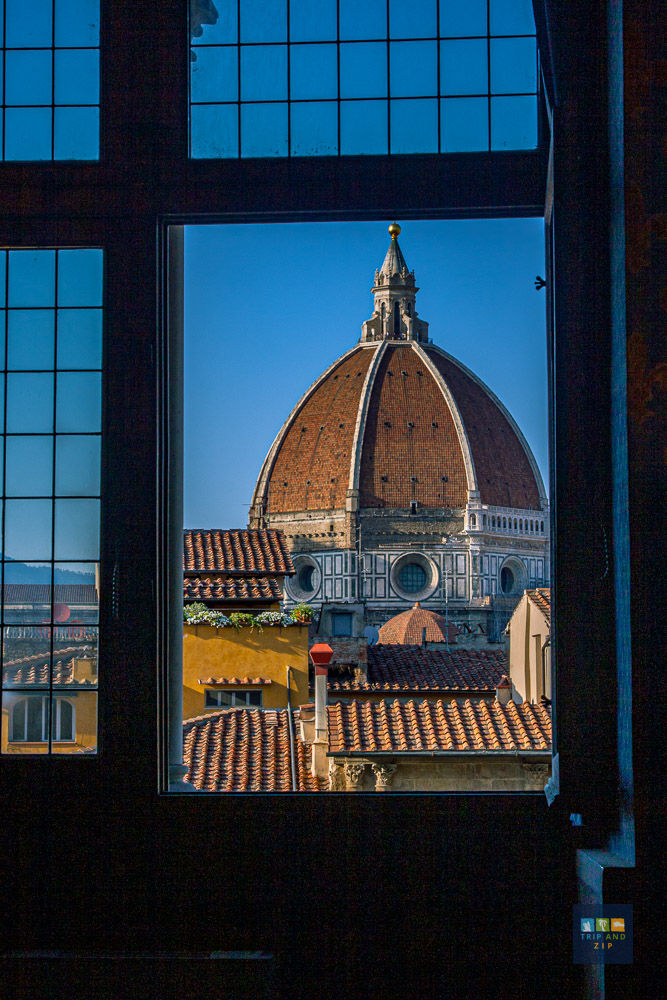
The marble-clad façade, with its intricate carvings and colorful geometry, captures the decorative richness of Italian Gothic architecture, while inside, the vast interior shifts the focus to monumental painting.
Climbing to the dome’s viewing platform offers not only sweeping panoramic views, but also an up-close encounter with Vasari and Zuccari’s Last Judgment, a vast fresco cycle where angels, saints, and sinners swirl together in a dramatic vision of divine justice.

Just across the square, the Baptistery of San Giovanni offers another treasure — its famous bronze doors. Most renowned are the Gates of Paradise, created by Lorenzo Ghiberti, whose innovative use of perspective and spatial depth transformed relief sculpture. The ten gilded panels, depicting vivid scenes from the Old Testament, tell entire stories through complex detail, expressive figures, and layered backgrounds, elevating the doors from craftsmanship to timeless works of art.
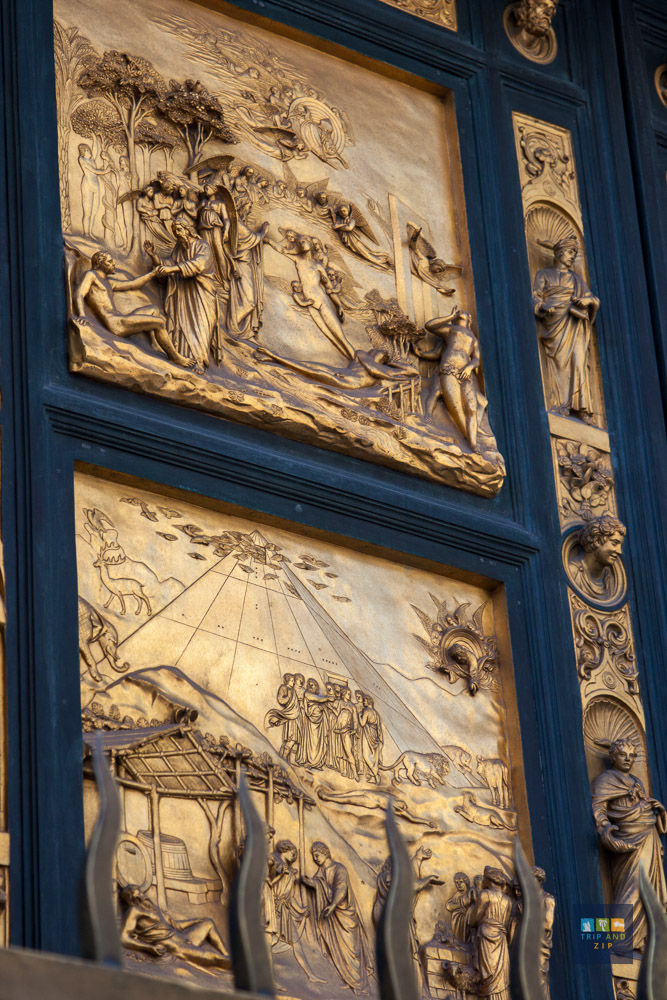
Together, the Duomo and Baptistery form a perfect expression of Florence’s artistic legacy — where architecture, sculpture, and painting come together to shape not only the city’s skyline, but also its cultural identity.
The Streets and Piazzas of Florence
Florence’s soul is found in its streets and piazzas, where everyday life unfolds in settings shaped by centuries of artistry. In Piazza della Signoria, political history and artistic mastery collide, with statues placed like guardians of the square, each telling a story from mythology, history, or civic pride.



Nearby, Piazza della Repubblica vibrates with the rhythm of modern Florence — a lively square where street performers, markets, and outdoor cafés coexist with echoes of the Roman forum that once stood here.
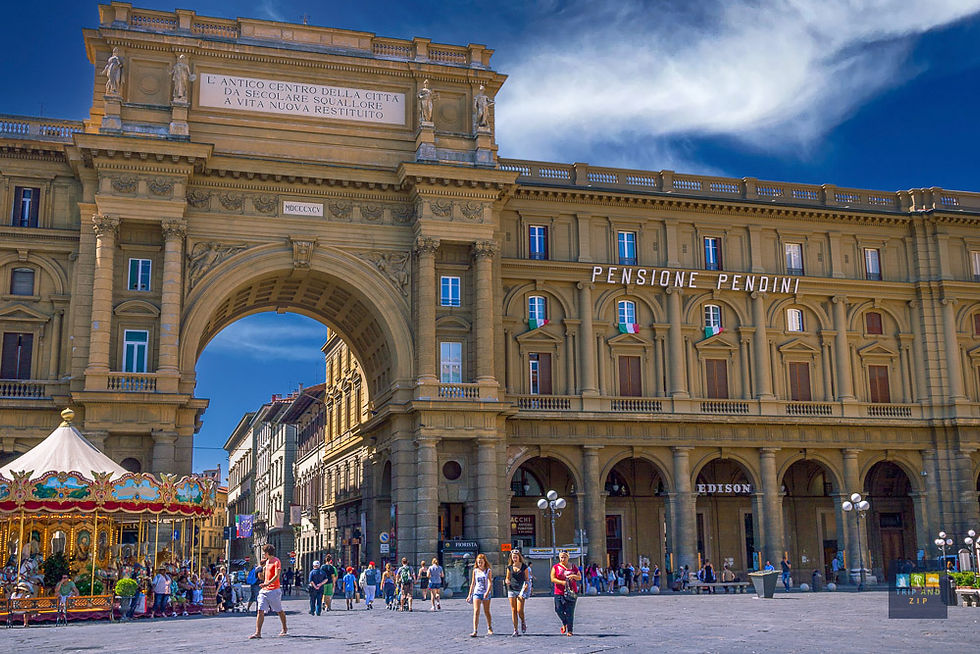

Narrow side streets offer glimpses of artisan workshops, centuries-old cafés, and quiet corners where the city slows down. Alongside leather and jewelry, visitors often find delightful Pinocchio-themed sculptures and souvenirs, a playful nod to Carlo Collodi, the Tuscan-born author who gave life to the world’s most famous wooden puppet.

Summer Street Life & Ponte Vecchio
Florence’s vibrant summer street life brings the city’s outdoor spaces to life. Cafés spill onto the pavements, market stalls hum with energy, and Ponte Vecchio is a magnet for both visitors and locals, its shops glowing with gold under the afternoon sun. Despite the crowds, the bridge retains its unique charm — a rare medieval survivor where commerce and beauty have coexisted for centuries.
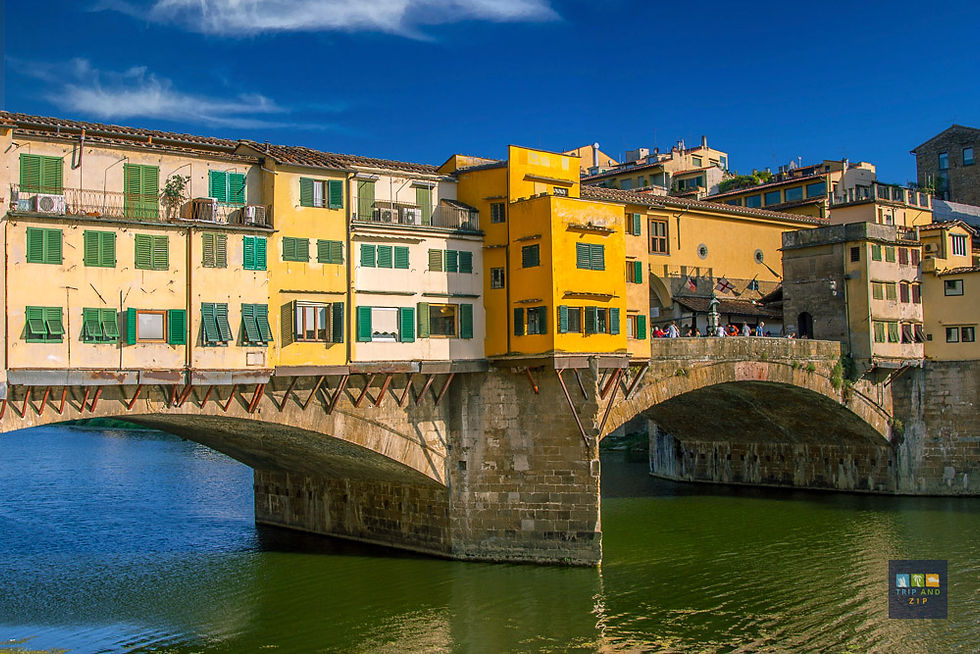

Florence at Night
As the sun sets, Florence transforms. Golden lights warm the stone façades, casting long shadows across the piazzas. The Duomo glows softly, while Ponte Vecchio, its medieval arches lined with goldsmith shops, takes on a romantic shimmer. Street musicians play in the quieter squares, and the Arno reflects the beauty of it all, mirroring centuries of history in its still waters.












































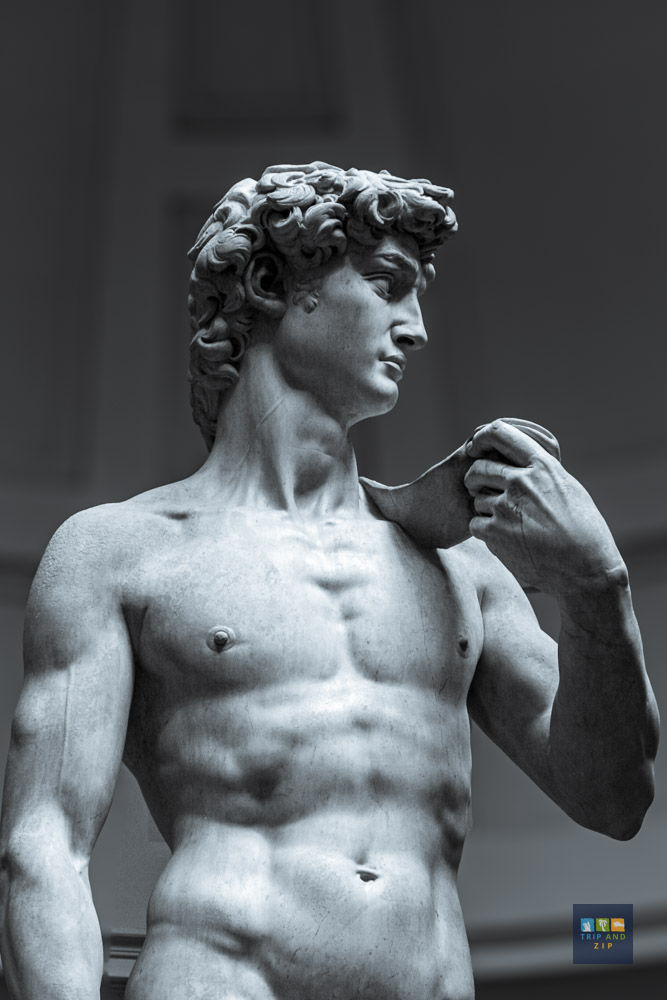
Comments